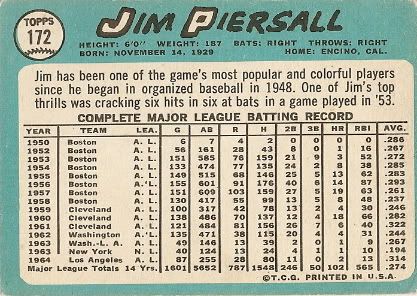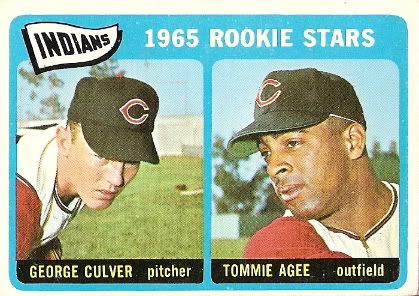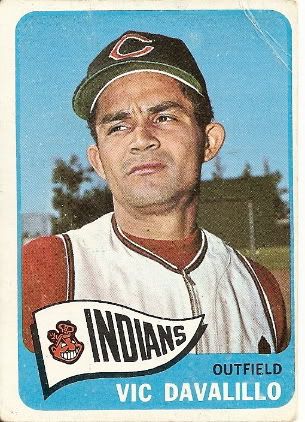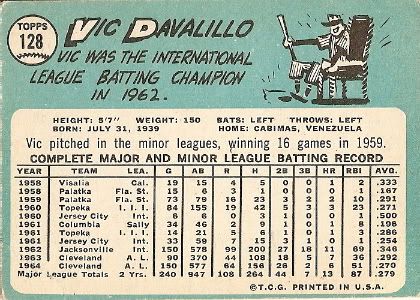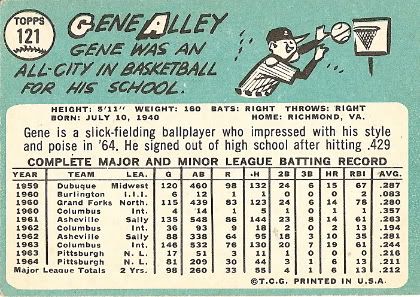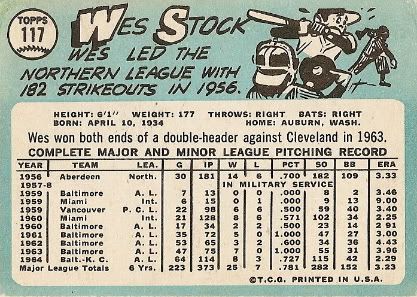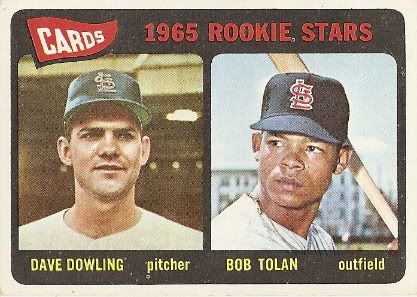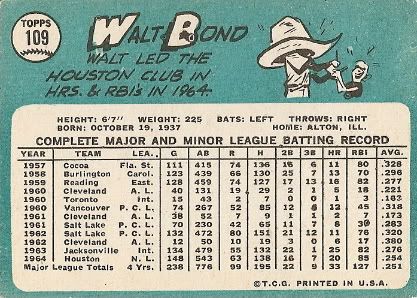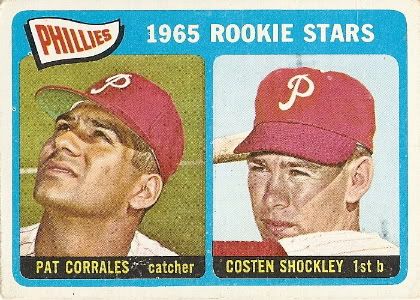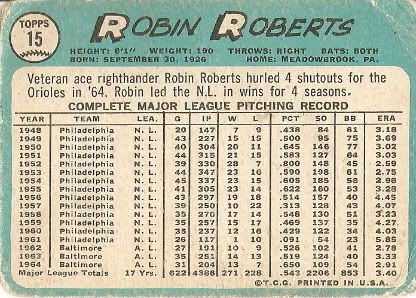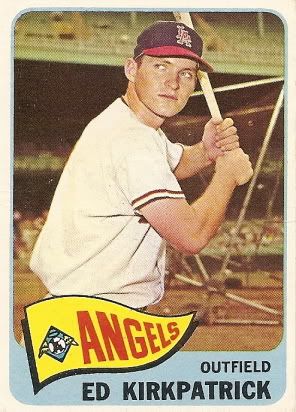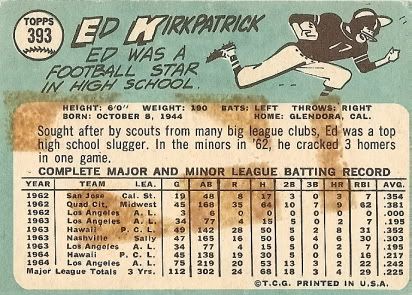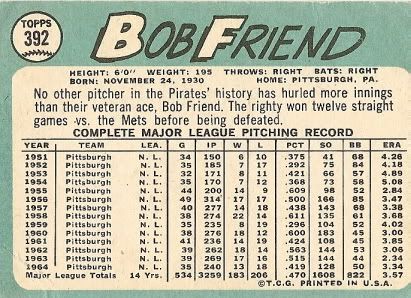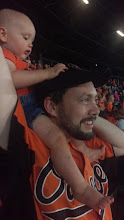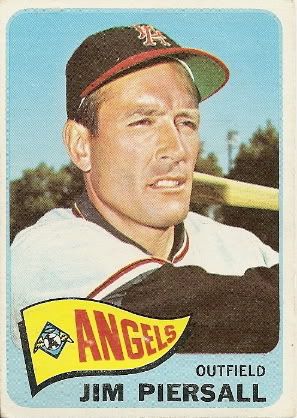
Fun facts about Jim Piersall:
-Born in Waterbury, CT, Jim signed with the Red Sox in 1948 and received some substantial playing time with the club in 1952 but was optioned to AA Birmingham after getting into fights with teammate Mickey McDermott and Yankee infielder Billy Martin, as well as a separate incident in which he spanked the four-year old son of teammate Vern Stephens.
-The young outfielder was suspended from Birmingham after a series of four ejections. The last of these occurred after he had sprayed home plate with a water pistol to commemorate Milt Bolling's home run. Piersall was the next batter, and struck out. He had then moved up to the grandstand and heckled the umpire. Soon after the suspension, Jim entered treatment at the Westborough State Hospital in Massachusetts for nervous exhaustion (he was later diagnosed with bipolar disorder) and missed the rest of the season.
-Bounced back to spend all of 1953 as a starter for Boston, highlighted by the first 6-hit performance in team history on June 10, 1953.
-Was a two-time All-Star (1954: .285 AVG, 24 doubles; 1956: .293, 91 runs, league-best 40 doubles, 14 home runs, 87 RBI).
-Had a reputation as a smooth and speedy center fielder, earning Gold Gloves in 1958 and 1961 (he also hit .322 in the latter season).
-The 1957 film Fear Strikes Out starred Anthony Perkins as Piersall and concerned his battle with a mental disorder. The player himself was no fan of the movie, feeling that it placed too much blame upon his demanding father and that Perkins "threw a baseball like a girl and danced around in the outfield like a ballerina".
-His behavior continued to be erratic throughout his career. Some incidents were benign: stepping up to bat in a Beatles wig and playing air guitar with his bat, leading his own cheers in the outfield in between plays, and "talking" to Babe Ruth among the center field monuments in Yankee Stadium. Others were more troublesome: he was ejected six times in one season and in an incident in September 1961, he was attacked on the field at Yankee Stadium by two fans and defended himself by punching one and kicking the other.
-On June 23, 1963, he hit his 100th career home run and celebrated by rounding the bases backward (home to third to second to first). He was with the Mets at the time.
-Retired in 1967 as a .272 hitter in parts of 17 seasons, with 104 home runs and 591 RBI.
-Piersall kept busy after he was through playing by working in the A's front office (1972), coaching with the Rangers (1975), and announcing TV and radio games for Texas (1974) and the White Sox (1977-1981). The Pale Hose eventually fired him for his public criticisms of the team, prompting him to pen a book entitled The Truth Hurts. Later, he would also serve as a minor league instructor for the Cubs.
